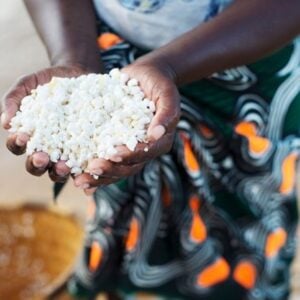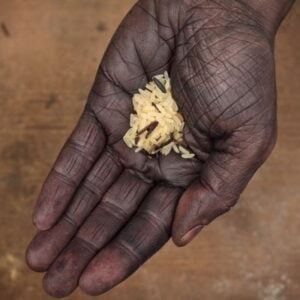Africa’s population is rapidly growing, and within the next decade, one in five people on Earth will live on the continent, rising to one in four by 2050. Despite a global decline in hunger, the latest UN State of Food Security and Nutrition in the World 2025 (SOFI) report shows that hunger is increasing in Africa, with over 300 million people undernourished in 2024. Climate change disproportionately affects African food production, exacerbating food insecurity and contributing to social unrest and displacement, as seen in Sudan in 2018 when a spike in bread prices triggered nationwide protests and forced 3.3 million people to flee.
Transforming Africa’s food systems is becoming increasingly critical to stability and security across the continent. However, this challenge also presents a significant opportunity. Strategic investments in African agrifood systems can advance the continent’s development, end poverty, and contribute to global food security. In response, African leaders have developed the Comprehensive Africa Agricultural Development Plan 2026-2035 (CAADP), adopted at the African Union 2026 Kampala Summit. This plan sets clear policy targets, encourages cross-border cooperation, and aims to mobilize $100 billion in public and private investment by 2035.
African governments are already taking steps to strengthen domestic resources and integrate markets through initiatives like the African Continental Free Trade Area (AfCFTA). While securing investment is crucial, aligning funding with CAADP goals ensures that every dollar delivers maximum impact. Coordinated international support, led by African governments and communities, is essential to avoid duplication, reduce transaction costs, and focus resources on locally defined priorities that enhance nutrition, climate resilience, gender equality, and rural livelihoods.
Financing platforms such as the Global Agriculture and Food Security Program (GAFSP) exemplify this approach by pooling resources from developed countries, philanthropies, and multilateral institutions into a single fund. This allows African governments, businesses, and producer organizations to allocate investments where they can accelerate agrifood transformation most effectively. For instance, a GAFSP-supported initiative in Ethiopia helped nearly 700,000 farmers increase yields by up to 82% for some staple crops and raise incomes by up to 25%, while strengthening climate resilience in rural communities. Similarly, a country-led initiative in Senegal, supported by the African Development Bank, improved productivity and water management for nearly 40,000 farmers, over half of whom were women and a third youth, highlighting the importance of including underrepresented groups.
These examples demonstrate that when local priorities guide investment and partners align behind them, the impact can be catalytic, creating scalable solutions across the continent. The Africa Food Systems Forum in Dakar represents a crucial opportunity to shift from commitment to coordinated action, ensuring that investments close the agrifood systems gap and enable Africa to achieve its 2035 food security ambitions.







